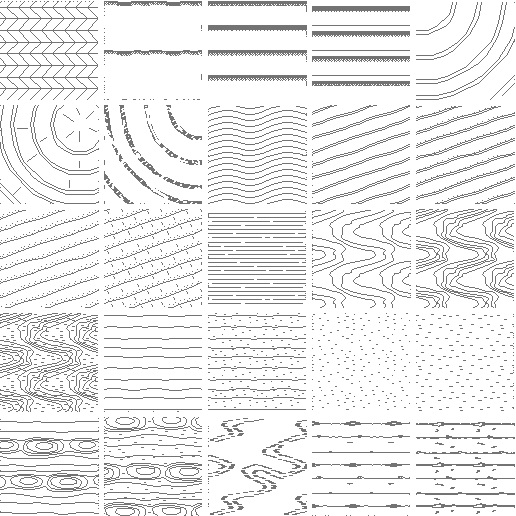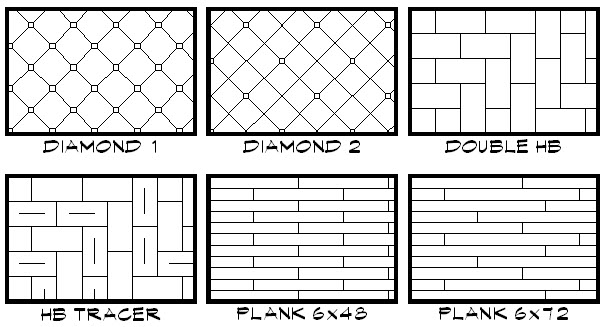
Don’t forget to share with friends and colleagues.įor more great AutoCAD Related posts check our Page AutoCAD Tips.Description: Are you an engineer or construction designer looking to add some natural warmth to your projects? Look no further than our collection of free AutoCAD hatch patterns in 2D DWG format, featuring a range of wood textures.

A new line will appear, here, either paste the path to the new Hatch folder, or click on Browse….Now, click on Add at the upper right corner of the screen.In the Options window, go to Files tab, there select and expand the Support File Search Path.Right click on the AutoCAD draft screen and click on Options (you can also, open the Options tab by clicking on the application menu and choosing Options).If you would like to keep all new custom Hatches in a separate folder, away from the support files in AutoCAD, there is a way to achieve that too. If you can’t see the AppData folder make sure to make hidden files and folders visible. C:\Users\ user name\AppData\Roaming\Autodesk\ AutoCAD version\enu\Support.PAT files will list under the User Defined or Custom hatch menu within AutoCAD. PAT file to the support folder of your PC. To import the new Hatch in AutoCAD, you need to paste the. The patterns contained in those files give information about the appearance of material to drawn objects in AutoCAD. PAT extensions can be used to get information about the texture/filling of an area. So today, we will go check How to Import new Hatch patterns in AutoCAD using PAT files. Oftentimes, we need to use different, hatches than the ones included in AutoCAD by default. You can choose the desired pattern from a list of preset hatches according to the requirements.

( How to Hatch non-closed Area in AutoCAD) There are several hatch patterns already preset in AutoCAD. The Hatch object in AutoCAD is used to fill a pattern inside an enclosed area.


 0 kommentar(er)
0 kommentar(er)
